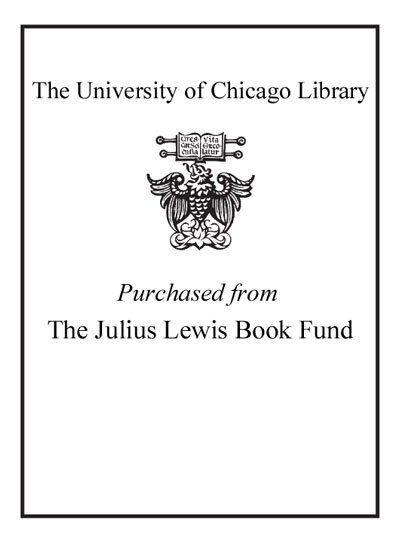Architecture and royal presence : Domenico and Giulio Cesare Fontana in Spanish Naples (1592-1627) /
Saved in:
| Author / Creator: | De Cavi, Sabina. |
|---|---|
| Imprint: | Newcastle : Cambridge Scholars, 2009. |
| Description: | xxv, 505 p., [10] of plates : ill. ; 22 cm. |
| Language: | English |
| Subject: | |
| Format: | Print Book |
| URL for this record: | http://pi.lib.uchicago.edu/1001/cat/bib/7729538 |
| Summary: | This book offers the first interpretation of Spanish architectural patronage in Naples during the reigns of Philip II and Philip III of Spain. The principal architecutral protagonists are Domenico Fontana (1543-1607) and his son Giulio Cesare (1580-1627), whose projects in Naples and Spain are set within the context of the cultural politics of the Monarquia Hispanica. Rather than being seen as resistant to habsburg imperialism, Naples (the most loyal city) actually participated, on a number of different levels, in the imperial program of the monarchy. While focusing on engineering and secular architecture, this book also takes related projects into account, such as commissions for major public sculptures and one fresco cycle, as well as the restoration and reuse of existing monuments and spaces. In this book, Sabina de Cavi discusses the evolution of Neapolitan architecture in ca. 1600 in relation to Rome, Palermo and Madrid, and in doing so casts light on the local process behind public commissions, and suggests a tentative explanation for the delayed flowering of Baroque architecture in Naples. |
|---|---|
| Physical Description: | xxv, 505 p., [10] of plates : ill. ; 22 cm. |
| Bibliography: | Includes bibliographical references and index. |
| ISBN: | 9781443801805 1443801801 |

